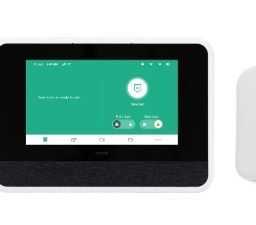USB has come a long way since its conception in 1995. It was originally designed to simplify how consumers controlled peripherals and transferred data. Before USB, the main interfaces used were parallel and serial connectors, both using different protocols to transfer data and control peripherals. These connectors were often clumsy and required lining up numerous pins to fit the holes in the female end connectors. They also comparatively offered slower transfer rates than the USB connector.
The latest version of USB, USB 2.0, was created in 2000 and allowed a revolutionary 480 Mbps transfer rate. It is an easy interface to plug in, which uses a plastic tongue lined with four pins to handle both data and electric current transfer. It is impossible to insert the connector upside down, and even a child can insert and pull out the cable.
When this interface was released, major manufacturers saw the value in the connector, and the interface lived up to its name: Universal Serial Bus. Having a universal connector for numerous different applications benefits the consumer greatly, causing the price of connectivity options across the board of products and brands to decrease, and also simplifying connectivity in general for different applications.
One of the major drawbacks of USB unfortunately is the distance limitation. USB can only travel to 16 feet. Although this doesn’t effect the majority of consumers who use USB to transfer data from external drives, or to sync their MP3 players, it does effect commercial and industrial settings who use the protocol in large scale control situations.
Some of the products available to solve the length limitation are active extenders and Cat5 extenders. Active extenders essentially repeat the signal to allow it to travel an additional 16 feet using active electronics. The Cat5 extender uses a sender and a receiver to send the USB signals over Cat5. This option is better for longer distance USB, often sending the USB signal over lengths of Cat5 of 150 feet. Cat5 is the chosen medium because it is inexpensive and easy to install in walls and data networks.
AUTOPOST by BEDEWY VISIT GAHZLY



